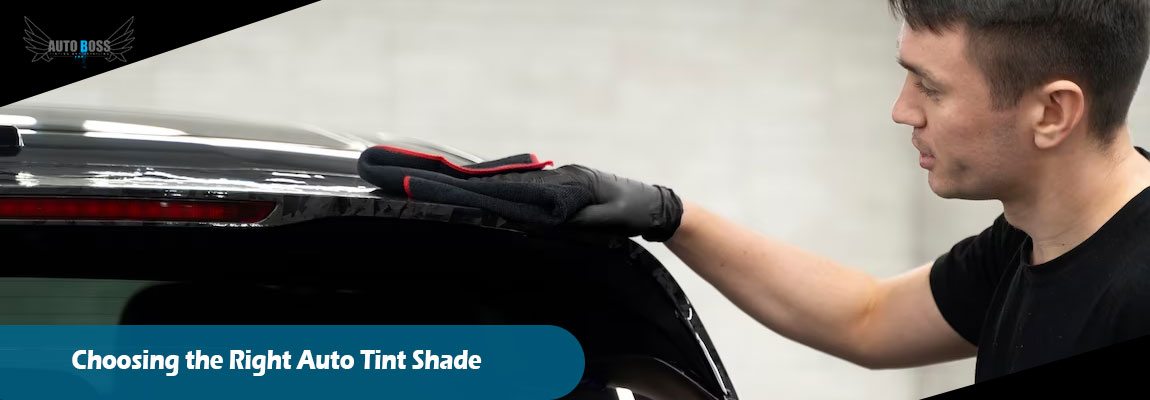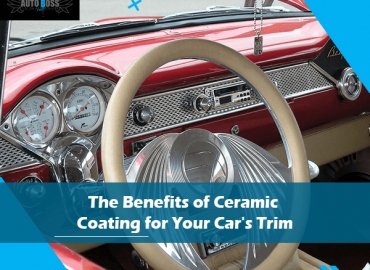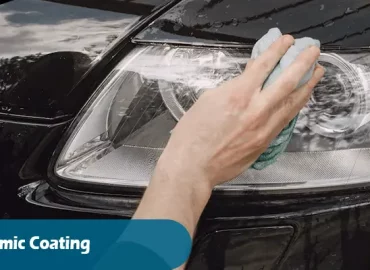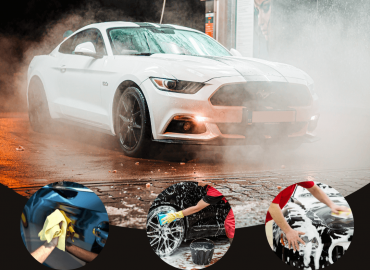Auto tinting is a popular choice among car owners when it comes to enhancing your car’s aesthetics and protecting yourself from the sun’s harmful rays. However, with various tint shades in the market, choosing the right one for your car can take time and effort. This article will guide you through selecting the perfect auto-tint shade that suits your needs and preferences, ensuring a stylish and comfortable driving experience.
Understanding Auto Tint Shades
Before diving into the specifics, let’s understand the different auto-tint shades available and their purposes. Auto-tint shades are measured in percentages, indicating the light they allow to pass through. The lower the percentage, the darker the tint.
- Clear Window Film (0%): Clear window film offers no tinting effect and is primarily used for protective purposes, such as preventing shattering in the event of an accident.
- Light tint (50% to 70%): Light tint provides a subtle tinting effect, reducing glare and heat while maintaining excellent daytime and night visibility.
- Medium tint (30% to 50%): Medium tint offers a moderate level of shading, reducing the amount of heat and glare while still allowing a considerable amount of light to pass through.
- Dark tint (5% to 30%): Dark tint provides a high level of shading, minimizing heat and glare significantly. It offers a sleek and stylish appearance but may affect visibility, particularly at night.
Factors to Consider
- Legal Regulations
Familiarizing yourself with the legal regulations regarding auto tint shades in your location is essential. Countries and states have varying rules and restrictions specifying the maximum allowable tint percentage. Ensure compliance with these regulations to avoid potential fines or legal issues. - Purpose of Tinting
Consider your primary reasons for tinting your car’s windows. Are you primarily concerned about reducing heat and UV radiation? Do you want to enhance privacy or add a touch of style? Identifying your goals will help you determine the ideal tint shade. - Climate Conditions
Take into account the climate conditions in your area. If you live in a region with scorching summers, a darker tint shade may be beneficial in reducing heat buildup inside your car. Conversely, a lighter tint may be more suitable to maintain optimal visibility if you reside in an area with limited sunlight. - Personal Preference
Your style and preferences significantly affect selecting the right auto-tint shade. Consider the appearance you desire for your car, whether you prefer a sleek and mysterious look or a more classic and subtle aesthetic. - Window Type
Different windows in your car may have different tinting needs. For example, rear windows often allow for darker tints, enhancing privacy, while the windshield typically has specific regulations restricting the tint shade. Be aware of these variations when selecting tint shades for different windows. - Tint Quality and Brand
Ensure that you choose a reputable tinting brand known for its high-quality products. Inferior quality tints may fade or peel over time, compromising their effectiveness and aesthetic appeal. Do thorough research and read customer reviews to make an informed decision.
Frequently Asked Questions (FAQs)
Can I tint my car’s windows myself?
While DIY tinting kits are available, professional installation is recommended for optimal results. Professionals possess the necessary expertise and equipment to ensure a flawless application, reducing the risk of bubbles, creases, and improper adhesion.
Will window tinting affect my visibility at night?
Choosing an excessively dark tint shade can impair visibility at night.
Will window tinting affect my visibility at night?
Choosing an excessively dark tint shade can impair visibility at night. It is crucial to balance shading and visibility, especially during low-light conditions. Opt for a medium to light tint shade that offers both privacy and adequate visibility, ensuring a safe driving experience at all times.
How long does window tinting last?
The durability of window tinting largely depends on the quality of the tint film and the installation process. When professionally installed, high-quality tints can last several years without significant fading or peeling. It is essential to follow the tint manufacturer’s proper care instructions to prolong its lifespan.
Can I clean tinted windows like regular windows?
While cleaning tinted windows, it is important to be cautious and use the right cleaning methods. Avoid using abrasive cleaners or rough materials that can scratch or damage the tint film. Stick to mild, non-ammonia-based cleaners and soft, lint-free cloths or microfiber towels for gentle cleaning.
Can I remove the window tint if I change my mind?
Yes, window tint can be removed if you decide to change or remove the tint in the future. However, the process can be time-consuming and challenging, especially if the tint has been on the windows for a long time. It is advisable to seek professional assistance for tint removal to avoid damaging the windows.
Will window tinting protect my car’s interior from UV rays?
Yes, window tinting provides significant protection against harmful UV rays. It helps to reduce the fading of upholstery, dashboard, and other interior components caused by prolonged exposure to the sun. By blocking UV rays, tinted windows can offer added skin protection for drivers and passengers.
Conclusion
Choosing the right auto tint shade for your car is a decision that requires careful consideration. By considering factors such as legal regulations, your purpose for tinting, climate conditions, personal preference, window type, and tint quality, you can make an informed choice that aligns with your needs and style. Remember to consult professionals for installation and follow proper maintenance guidelines to ensure the longevity and effectiveness of your window tint.




